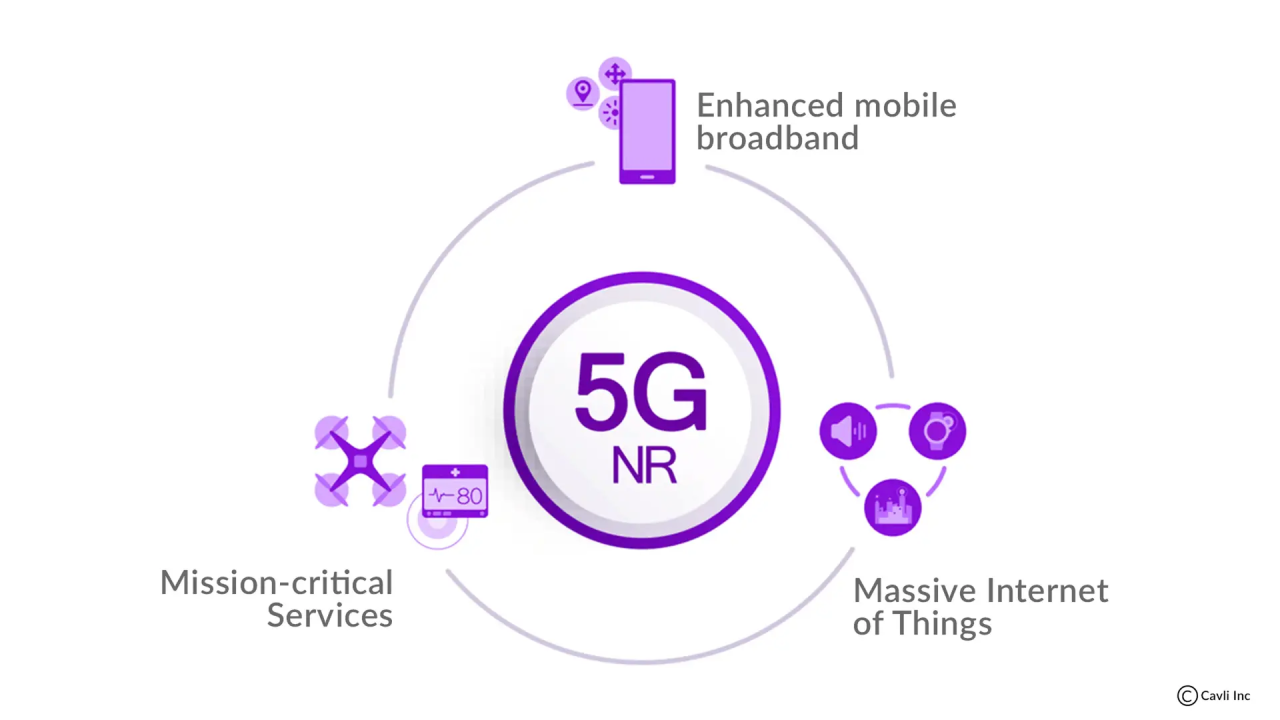5G NR (New Radio): The Future of Wireless Communication
Introduction
5G NR (New Radio) is the global standard for a unified, more capable 5G wireless air interface developed by 3GPP (3rd Generation Partnership Project). It is a cornerstone of the fifth generation (5G) mobile network, designed to significantly improve speed, reduce latency, increase capacity, and enhance connectivity for users and industries alike.
What is 5G NR?
5G NR is not just an upgrade from 4G LTE—it is a completely new radio access technology. It introduces new techniques for encoding, transmitting, and receiving data across various frequency bands. This technology allows mobile networks to support a broader range of use cases, including enhanced mobile broadband (eMBB), ultra-reliable low-latency communication (URLLC), and massive machine-type communication (mMTC).
Key Features of 5G NR
- High Data Rates
5G NR supports gigabit-level speeds, enabled by wider bandwidths and advanced modulation schemes such as 256-QAM. - Low Latency
The latency of 5G NR can go as low as 1 millisecond, making it ideal for real-time applications like autonomous vehicles, remote surgery, and industrial automation. - Massive Connectivity
5G NR can handle up to a million devices per square kilometer, which is essential for IoT ecosystems and smart cities. - Flexible Spectrum Usage
It supports a wide range of spectrum—from sub-1 GHz (for broader coverage) to mmWave (for high-speed, high-capacity zones). - Advanced Technologies
- Massive MIMO (Multiple Input, Multiple Output) improves capacity and efficiency.
- Beamforming focuses signal transmission to increase coverage and reliability.
- Network Slicing allows network resources to be divided for different types of services or industries.
Deployment Modes
- Non-Standalone (NSA): Combines 5G NR with existing 4G infrastructure. Used in early rollouts.
- Standalone (SA): Uses a dedicated 5G core network, allowing full benefits of 5G, such as ultra-low latency and network slicing.
Challenges and Considerations
While 5G NR holds great promise, its deployment involves challenges such as:
- High cost of infrastructure upgrades.
- Complexity in managing diverse spectrum bands.
- Need for widespread fiber optic backbone for backhaul support.
Conclusion
5G NR is a transformative technology that lays the foundation for the next era of wireless communications. As networks evolve and mature, 5G NR will enable new possibilities in mobile broadband, automation, artificial intelligence, and the Internet of Things—ultimately shaping the way we live, work, and communicate.







